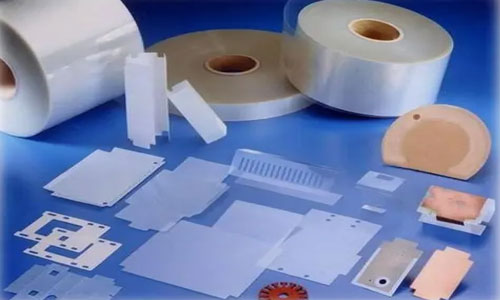
Digitalization and Industry 4.0 are revolutionizing die cutting operations by incorporating advanced technologies and data-driven processes. Here are some key aspects of digitalization and Industry 4.0 in die cutting operations:
1. Digital Design and Simulation: Die cutting operations traditionally relied on manual design processes. With digitalization, die designs can be created using computer-aided design (CAD) software, allowing for faster and more accurate design iterations. Simulation tools can also be used to virtually test and optimize die designs before physical production, reducing the risk of errors and minimizing material waste.
2. Data-Driven Decision Making: Industry 4.0 emphasizes the collection and analysis of real-time data to make informed decisions. In die cutting operations, sensors and monitoring systems can collect data on machine performance, material usage, and product quality. This data can be analyzed to identify patterns, optimize processes, and predict maintenance needs, leading to improved efficiency and reduced downtime.
3. Internet of Things (IoT) Connectivity: IoT devices can be integrated into die cutting machines and other equipment to enable connectivity and data exchange. This connectivity allows for remote monitoring, control, and diagnostics of machines, facilitating preventive maintenance and troubleshooting. IoT also enables real-time communication between different machines and processes, enabling seamless coordination and synchronization.
4. Cloud-Based Solutions: Cloud computing enables the storage and analysis of large amounts of data from die cutting operations. By transferring data to the cloud, manufacturers can access and analyze information from multiple locations, improving collaboration and decision-making. Cloud-based solutions also provide scalability and flexibility, allowing manufacturers to adapt to changing production needs.
5. Artificial Intelligence (AI) and Machine Learning: AI algorithms and machine learning techniques can be applied to optimize die cutting operations. AI can analyze data patterns to identify potential issues, predict maintenance needs, and optimize cutting parameters. Machine learning algorithms can continuously learn from data to improve cutting accuracy, reduce waste, and enhance overall process efficiency.
6. Remote Operation and Monitoring: Digitalization allows for remote operation and monitoring of die cutting machines. Operators can control and monitor machines from a central location, reducing the need for on-site presence. Remote operation also enables collaboration between geographically dispersed teams, optimizing resource allocation and improving overall productivity.
Digitalization and Industry 4.0 bring numerous benefits to die cutting operations, including improved efficiency, accuracy, and productivity. By leveraging advanced technologies, data-driven processes, and connectivity, manufacturers can optimize their operations, reduce costs, and stay competitive in today's rapidly evolving market.
Here are the topics that we’ll cover in this complete guide Rotary Die Cutting in Industrial Applications Section 6: Future Trends and Innovations
Contact: Pamela
Phone: +86 189 6365 3253
E-mail: info@industryprocess.com
Whatsapp:+86 189 6365 3253
Add: Yajing Industrial Park, No. 59 Shuangjing Street, Weiting Town, Suzhou Industrial Park
We chat
